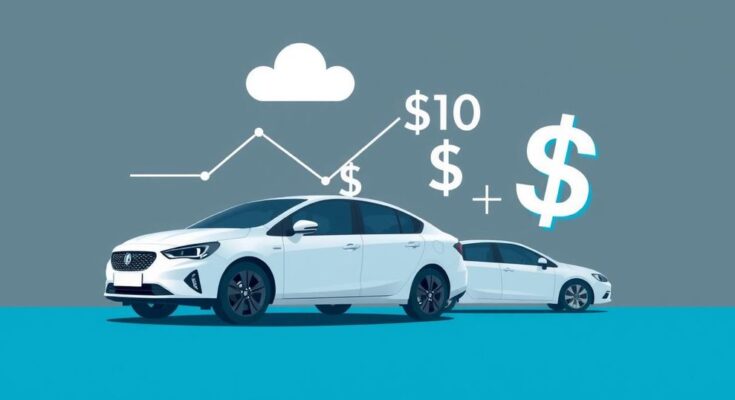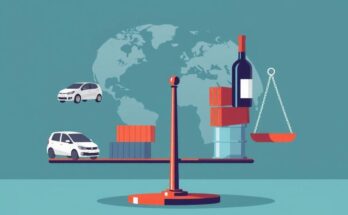President Trump has unveiled intentions to impose a hefty 25% tariff on imported passenger vehicles and light trucks, effective from April 3rd. This development raises critical questions about the auto industry’s reaction, consumer impact, and the underlying motivations driving such a strategy.
Virginia Tech’s finance expert David Bieri sheds light on the implications of these tariffs, suggesting they serve a dual purpose. Firstly, they function as a tax on imports, inevitably inflating prices for consumers. Secondly, Bieri explains, they act as a political tool, which complicates expectations given their unpredictable nature in negotiations.
When it comes to businesses grappling with tariff-induced volatility, Bieri points out the potential distinction between finished and unfinished goods. Finished products like foreign cars will see price hikes that consumers bear directly, leaving American manufacturers largely unaffected. However, should tariffs extend to intermediates, the impact on supply chains can be significant, prompting necessary adjustments in production.
In facing the impending price rises, consumers may resort to the classic substitution effect. Bieri notes that as certain car prices increase, buyers may opt for more affordable alternatives—reflecting spending behaviours observed during the pandemic. For companies like GM and Ford, this could be a boon—but declining overall demand may spell challenges if consumers feel less inclined to invest in cars.
However, this strategy holds risks for the Trump administration. Though positioned as protective of American jobs, the tariffs are more likely to enrich shareholders, given the auto industry’s increasing automation where labour costs represent a dwindling fraction. Intriguingly, if tariffs lead to escalated costs for manufacturing technologies, firms may find themselves choosing between expensive repairs and hiring additional workers—thus inadvertently benefiting American labour.
President Trump plans a 25% tariff on imports of vehicles and parts, set to begin April 3rd. Economic expert David Bieri discusses the dual purpose of tariffs as both a tax and political tool, outlining potential effects on American manufacturers, consumers, and workers. While consumers may experience higher prices and possibly switch to cheaper alternatives, the tariffs pose risks for the administration, primarily by benefitting shareholders at the potential expense of job growth.
In summary, the proposed tariffs on imported vehicles aim to bolster the domestic economy but come with a complex web of consequences for consumers, businesses, and the job market. While these tariffs might enhance shareholder value in the auto sector, their impact on wages for workers remains uncertain. As consumers navigate this shifting landscape, the real challenges and opportunities will unfold in the coming months.
Original Source: news.vt.edu



